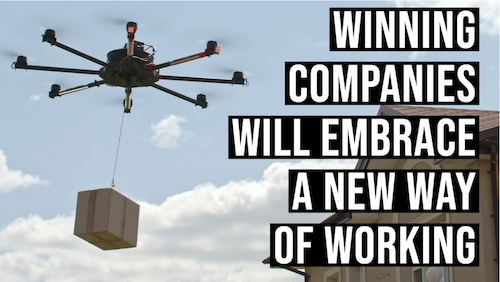Challenging Old Systems
With a suddenly large, and surprisingly efficient, remote workforce, people will likely challenge traditional ways of working. Virtual arrangements will likely increase, and may even become the dominant way of working. Human Resources leaders will need to determine how to handle changes in training and learning, as well as how to encourage students, employees, and leaders to share their experiences and perspectives in a remote setting.
Individual Versus Collaborative Workers
In looking at the future workforce, companies can group work into several categories: the island worker or independent consultant; the relay race worker or project collaborator that hands off their portion of the work to the next team member; and the rowing team worker that is part of a unit in which all members pull in the same direction. As the mix of individual and collaborative work changes, HR leaders should determine the right mix of workers and which type lends itself better to a socially distant world, especially one that is subject to future shutdowns.
A New Way to Manage
The socially distant workforce is also likely to be a more empowered, more self-directed one. Managing will require a different set of skills, beyond removing barriers or supervising, and with a stronger emphasis on communication and problem solving. Performance management systems may move away from “smart goals,” which were often nothing more than a set of tactics and activities. Instead, productivity-based roles, often remote, will require an increased focus on standards and metrics (versus behaviors).
Redefining Leadership
Nothing tests leadership like a crisis. Leaders across all organizations should take time to reassess their organization’s leaders and high potentials. Looking at how they operated during the crisis, they should ask: Who stepped up? Who retreated? Who led while maintaining standards and objectives? Who over-relied on doing things the way they always have? In the future, successful leaders will need to be clear communicators, remain calm under pressure, balance empathy with brutal honesty, think long-term, and take decisive action. And those leaders will need to demonstrate the ability to innovate and embrace sudden, often dramatic, changes.
Emphasis on Safety
In the post-virus organization, employee safety will be more about “virus free” than accident-free. Before a company reopens, management must have a plan to keep employees safe and to react to possible circumstances. For example, if a worker contracts COVID-19, should the entire facility close? Should they be quarantined? Who should get tested? How often? And those plans should also consider workplace sanitation, such as how frequently to clean, how to disinfect, and what to tell employees about their obligations in the new environment.
In the past, organizations spent a lot of time on the short-term, and today the focus is continuing on quickly recovering to some sense of ‘normalcy.’ That said, great companies have always looked to the future and planned for different scenarios. With a more mobile, interconnected world, everyone should be looking beyond the current re-opening and developing plans for different future states.
For additional COVID-19 Thought Leadership and business resources from Miami Herbert Business School faculty, click here.

